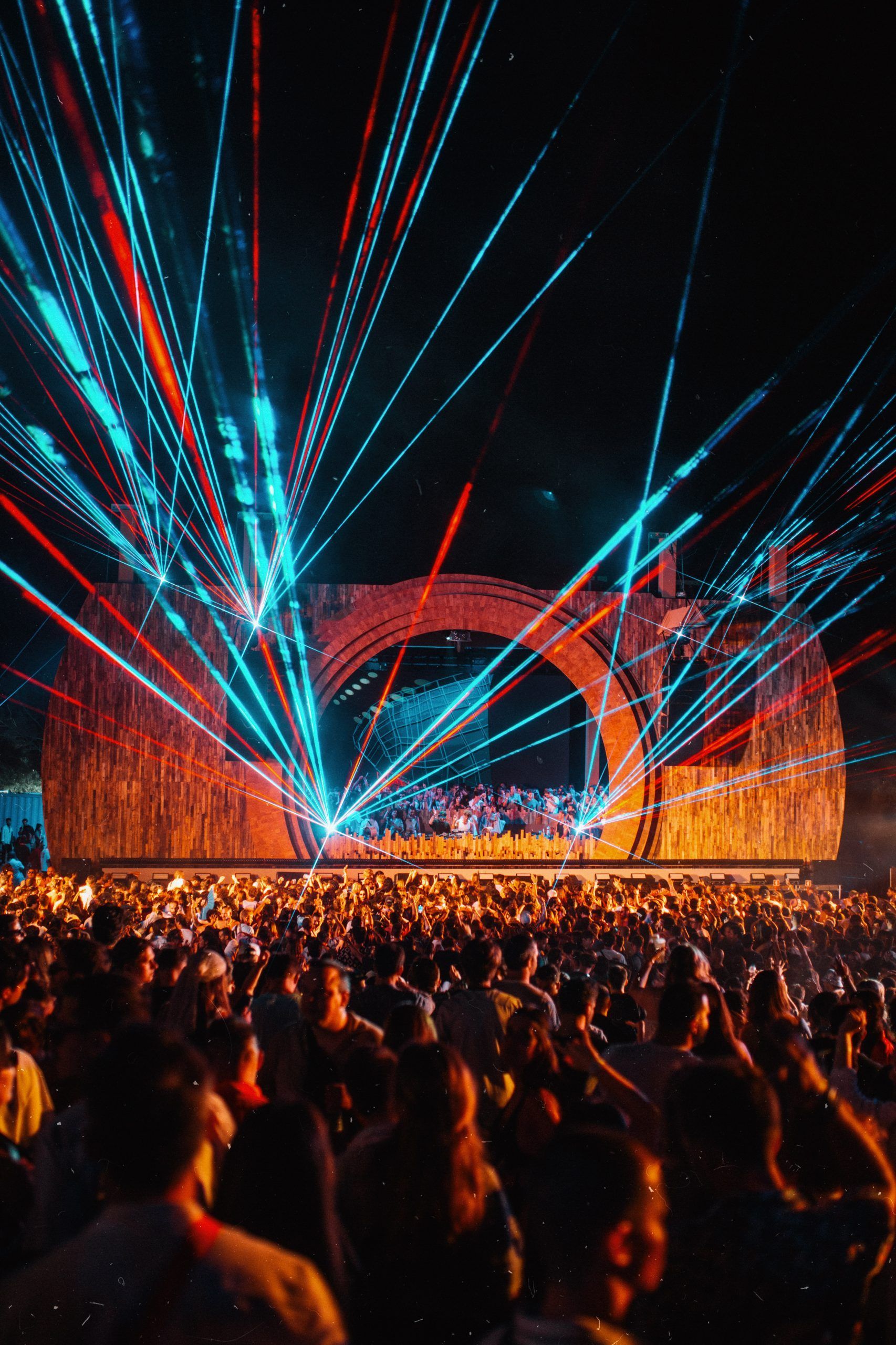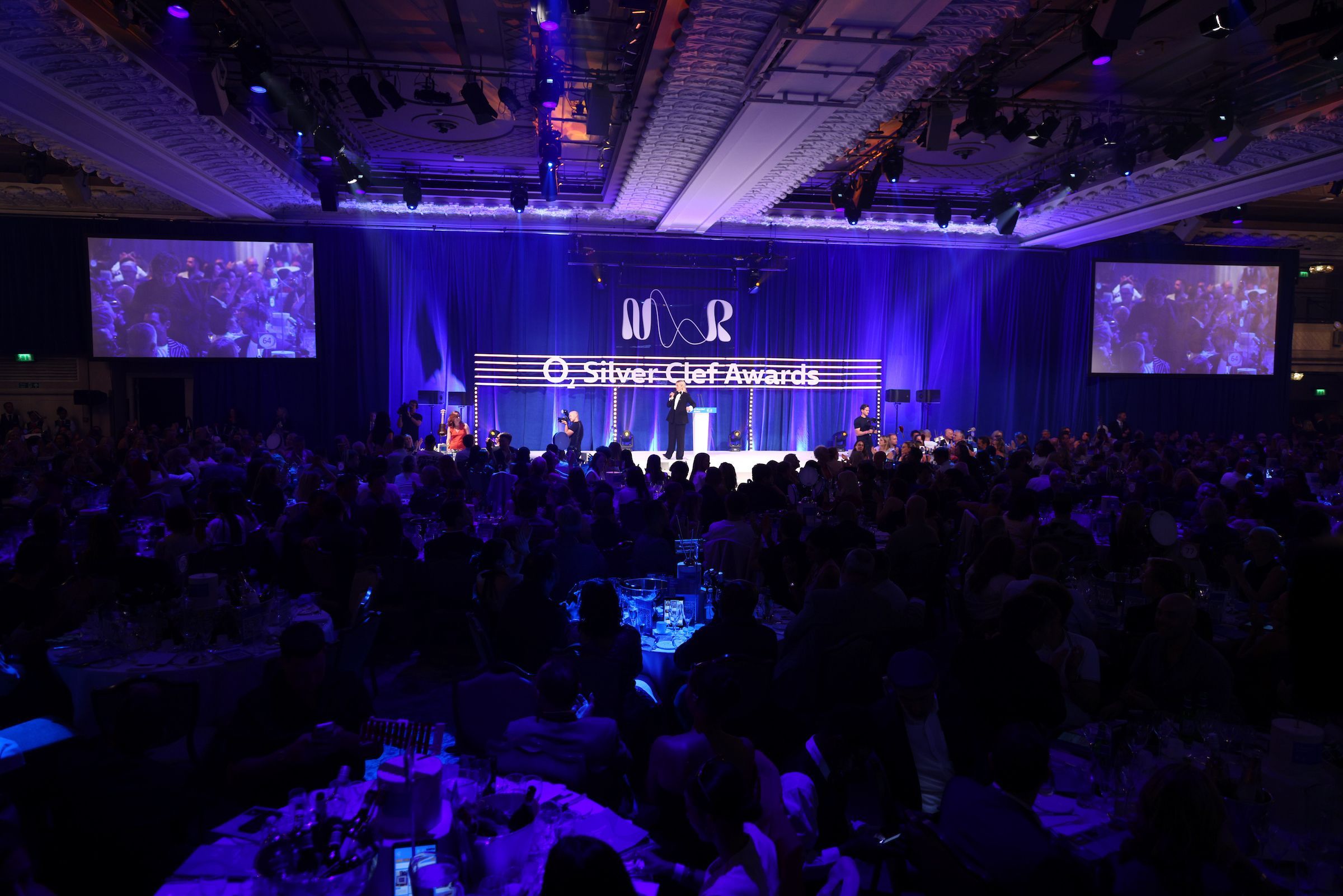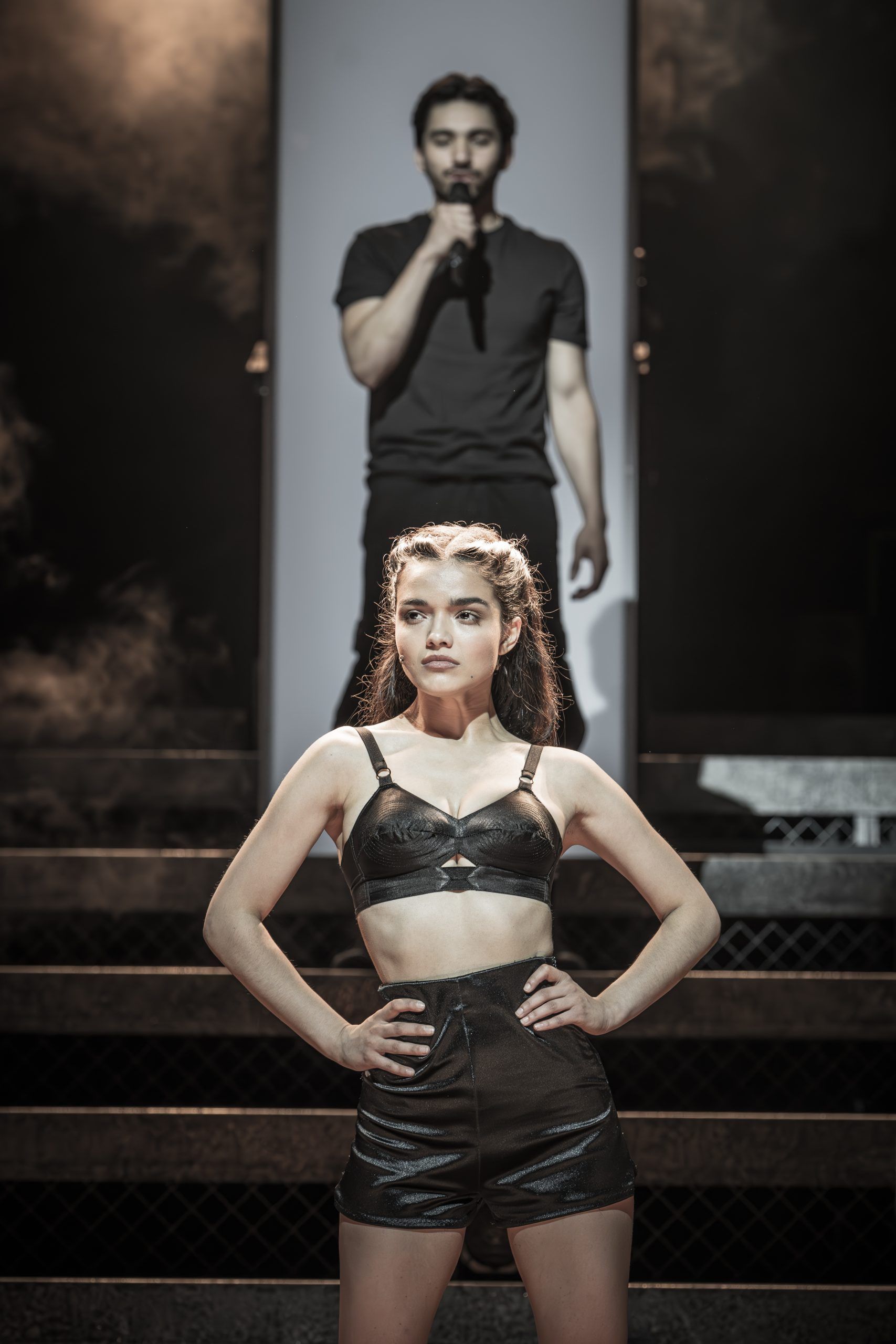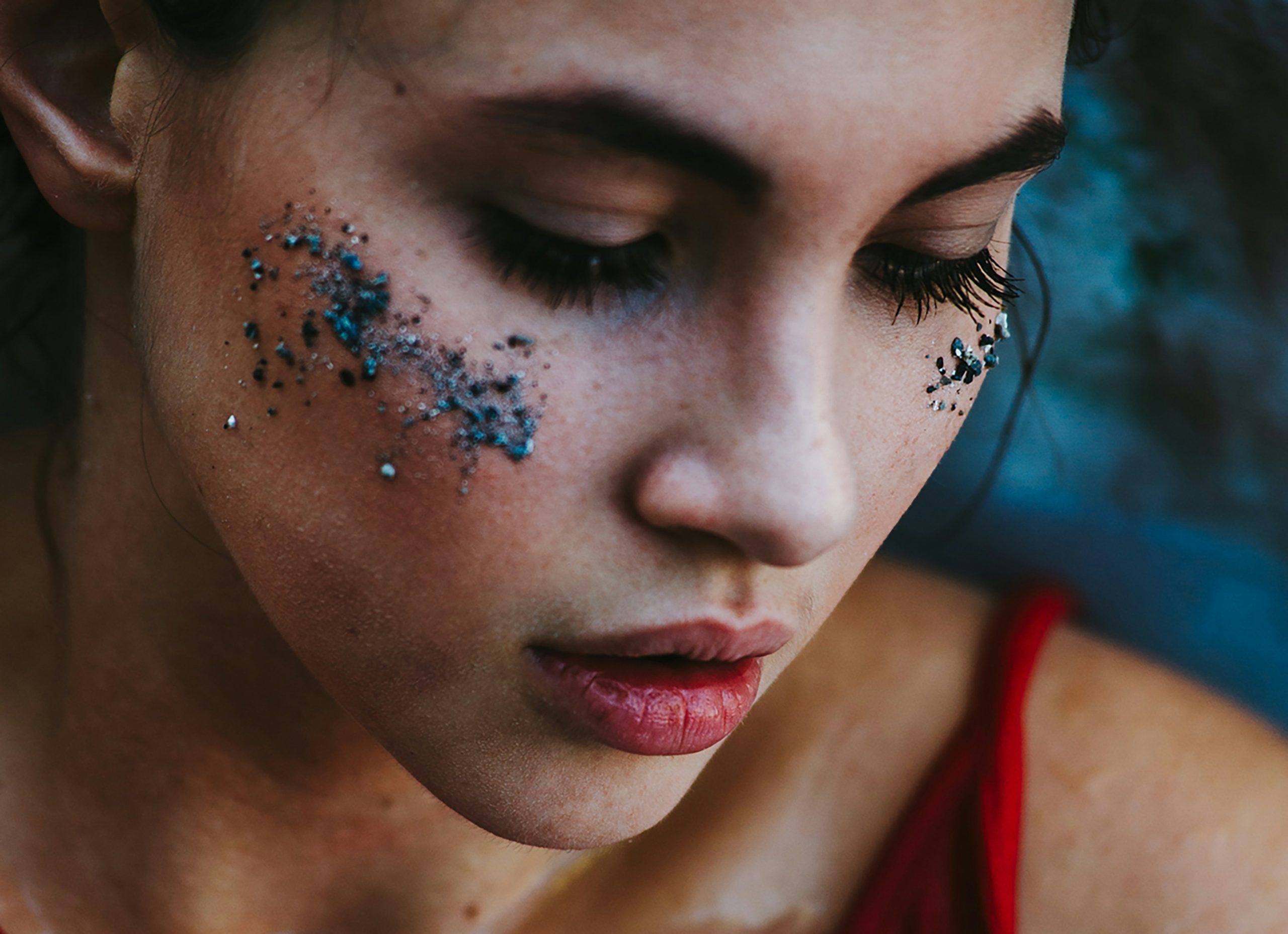When discussing horse racing, the emphasis is generally on the horse’s ability and the jockey’s expertise. One component that is often overlooked in this combination of factors is fashion or specifically, the jockey’s apparel. Although fashion appears to be a frivolous examination at first, the clothing and equipment the jockey wears are anything but superficial. They significantly affect comfort, safety, and ultimately performance. So does fashion affect jockey performance? Yes, it may but you may not realize it.
1. Comfort and Mobility
During a race, jockeys need to be mobile and comfortable. The pads, or silks, breeches, and boots all contribute to minimizing impediments to movement. Traditional riding attire has typically been made for lightweight, stretchable, form-fitting for optimal non-restriction during the race.
Jockeys can secure themselves in the saddle and maintain control of their horse because of clothing that fits tightly and also provides stretch. If the jockey feels overly confined or uncomfortable in their clothing it could potentially delay their ability to react during the race and adversely affect their performance. The jockey’s ability to shift their weight, lean into the turns and brace for jumps is directly associated with the fit and function of that clothing.
2. Breathability and Moisture-Wicking Fabrics
Horse racing is an intense sport, followed passionately by fans and bettors alike, with jockeys enduring immense physical exertion during a race. As they navigate the challenging course, their performance can be influenced by a variety of factors, including strategy, stamina, and the odds at play. Bettors often turn to Boylesports racing odds to gain insight into the likelihood of each horse’s performance, offering valuable information on how odds fluctuate leading up to the race.
Contemporary silks and breeches feature moisture-wicking fabrics that keep jockeys comfortable and cool, owing to the high metabolic demands of the sport. Developing technologies allow clothing to be manufactured from engineered fabrics that assist in regulating temperature and dissipating sweat.
Excessive sweating or overheating in jockeys can cause fatigue, distraction, and even a complete loss of focus. Breathable, moisture-wicking fabrics help a jockey stay focused and energized for the duration of the race. Having the right fabric can prevent uncomfortable situations that will interfere with the jockey’s riding.
3. Safety
While racing fashion is largely driven by style and tradition, safety comes first. Helmets, body protectors, and boots are an integral part of a jockeys’ outfit. Helmets are intended to protect the head of the jockey if the jockey falls, and body protectors cover important areas such as the ribs and back.
These precautions help jockeys take risks physically without compromising their safety. The cognizant reassurance that their uniforms and safety apparatus have been developed with their safety in mind, provides a degree of psychological safety which encourages jockeys to focus on optimally riding their horse. Safety gear, as an essential part of “racetrack fashion”, allows a jockey to find tranquillity in performance, to ride with the confidence they will be safe.
4. Mental Impact
For a lot of jockeys, what they wear is not just for purposes of function, but also for pride. The silks of the jockey will often represent their stable, owner, and team. Wearing their silks will help jockeys feel a sense of unity and have purpose; they feel connected to their team and are motivated to bring their best.
Psychology is important in all sports. Feeling good in an outfit can transfer into better performance. When jockeys are looking their best, whether it’s feeling comfortable or liking the way their outfits look, that confidence can allow them to be more focused or calm. Those feelings can translate into better riding performance.
5. Fashion and Aerodynamics
In certain situations, jockeys’ clothing has developed to include additional aerodynamic elements. For example, racing silks are now composed of lightweight, aerodynamic fabric, which decreases drag and smoothes airflow. Although the change may seem subtle, the advantages of decreasing resistance during a race are substantial. This is crucial for high-speed events such as the Grand National, where every second is valuable.
Similar to any athletic endeavor, small gains in aerodynamics can lead to big performance improvements. Lighter and more aerodynamic silks reduce drag, which makes jockeys more efficient when racing, especially on straightaways or at high speeds.
6. Customization and Personal Expression
Although safety and performance are the main considerations, many jockeys take pride in individualizing their uniforms. Whether it be their custom-designed helmets or silks – sometimes decorated with the jockey’s favorite or luck symbols – for the jockey, this aspect of individualization is both personal or empowering, as it helps them feel connected to their clothing.
When a jockey feels comfortable wearing something that has personal meaning, it can enhance their mental focus as well as motivation. The fact that a jockey feels confident and authentic in their outfit may allow them to feel even more in charge of their ride and will lead to better performance.
7. The Influence of Tradition
There are many traditions associated with fashion in horse racing. The jockey’s silks, cap and breeches lend to the sport’s colorful pedigree. While some jockeys may want to modernize the materials and design, most classic elements of the wardrobe do not change.
Tradition has a significant impact on the mindset of both riders and fans. Riders don their silks with pride, while representing their stables, and take them as motivation to do their best. The obligation to uphold the family’s, or stables’, tradition could also generate better performance in riders.
Fashion as a Vital Part of Jockey Performance
Although the role of fashion in a jockey’s performance may not be surface level obvious, the correct clothing and gear can also help relieve discomfort and even enhance safety, confidence, and ultimately performance. Contemporary jockey fashion fuses practicality with tradition so that jockeys not only look appropriately but feel good while racing.
In the world of horse racing, a timely split second can often dictate the winner. With comfort, safety and confidence, all influenced by apparel, factors that matter are measured in the time it takes to travel those last few feet. Jockeys may be known for their colorful wardrobes, and many have memorable styles, but the real difference is in their apparel’s ability to help them perform to the best of their ability.





